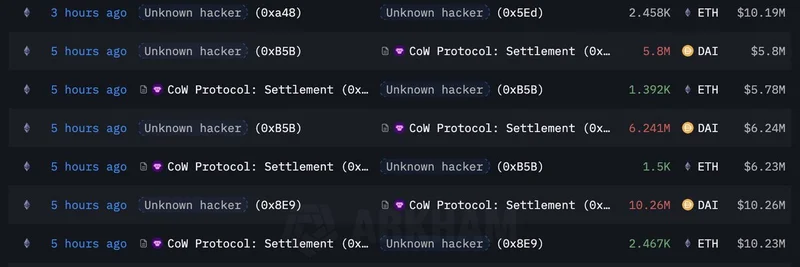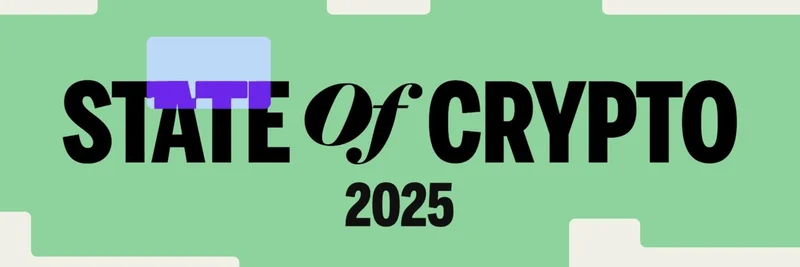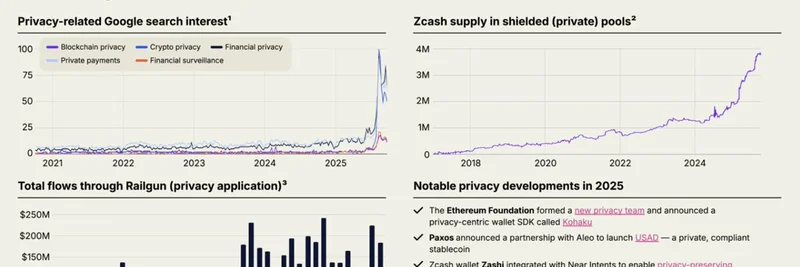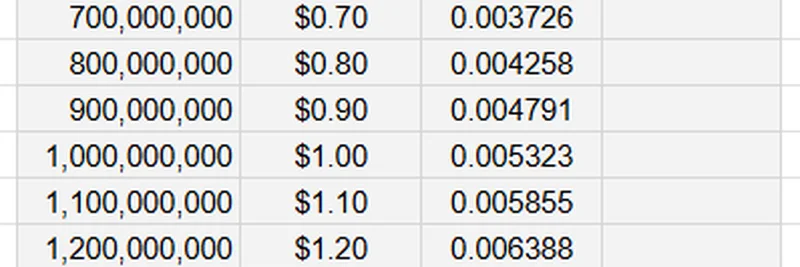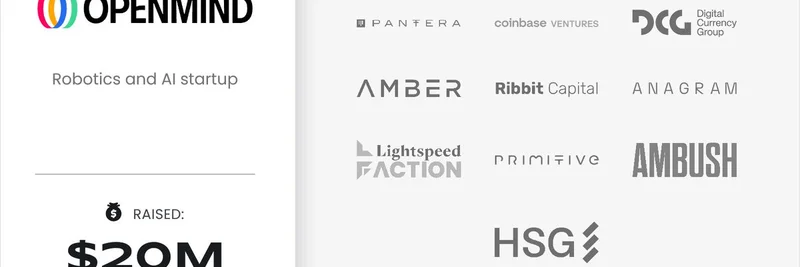In the wild world of cryptocurrency, even seasoned hackers aren't immune to the pitfalls of market panic. A recent tweet from blockchain analytics firm Lookonchain @lookonchain highlights a fascinating case where hackers sold off a massive stash of Ethereum (ETH) during a market crash, only to repurchase most of it at a higher price after the rebound. This blunder cost them a whopping $5.5 million, serving as a stark reminder of the emotional rollercoaster that comes with crypto trading – especially in the high-stakes arena of meme tokens.
What Happened: The Panic Sell and Buyback
According to Lookonchain's analysis, the hackers offloaded 8,638 ETH, valued at around $32.5 million, when the price dipped to $3,764 per ETH. This move came amid a broader market crash, where fear likely drove their decision to liquidate. However, as the market quickly recovered, they scrambled to buy back 7,816 ETH at $4,159 each – again totaling about $32.5 million, but now at a premium.
The transactions involved multiple wallet addresses labeled as "Unknown hacker" and utilized CoW Protocol, a decentralized exchange (DEX) aggregator designed to find optimal trade routes and minimize slippage. CoW Protocol, short for Coincidence of Wants, helps users execute large swaps efficiently without front-running risks common on other platforms. In this case, the hackers swapped stablecoins like DAI for ETH during the buyback phase, as evidenced by on-chain data.
You can dive deeper into the wallet activities here:
- 0x8E9E92893505746FD704791d5CCAC3c89C66C6cD
- 0xa488E0Fa262a4423e83265612b3726C6fCC800F1
- 0xB5B10a1546101803C285eb39184cCE2c4e9Ab090
This incident underscores how blockchain transparency tools like Arkham Intelligence and Lookonchain make it possible to track such movements in real-time, turning crypto mishaps into public spectacles.
Why This Matters for Meme Token Enthusiasts
While this story revolves around ETH – the backbone of many blockchain ecosystems – it hits close to home for meme token traders. Meme coins, like Dogecoin (DOGE), Shiba Inu (SHIB), or emerging pump-and-dump sensations, are notoriously volatile. They can skyrocket on hype from social media influencers or plummet on bad news, often amplifying the kind of panic seen here.
Imagine holding a hot meme token during a flash crash: FOMO (fear of missing out) turns into FUD (fear, uncertainty, doubt) in seconds. The hackers' mistake? Letting emotions override strategy. They sold low and bought high – the exact opposite of the golden rule in trading. For meme token practitioners, this is a prime example of why diamond hands (holding through dips) can pay off, but only if backed by solid research and risk management.
Key Lessons to Enhance Your Crypto Game
Understand Market Psychology: Crashes are often temporary. Historical data shows crypto markets rebound, but panic selling locks in losses. Tools like on-chain analytics can help gauge true sentiment beyond price charts.
Use Smart Trading Protocols: The hackers turned to CoW Protocol for efficient swaps. For meme tokens, consider DEXs like Uniswap or aggregators that protect against MEV (miner extractable value) attacks, ensuring you get the best rates without getting sandwiched.
Diversify and Set Stop-Losses Wisely: Don't put all your eggs in one basket. For volatile assets like meme coins, use stop-loss orders judiciously to avoid emotional decisions, but avoid setting them too tight during expected dips.
Stay Informed with Blockchain Knowledge: Platforms like Meme Insider provide a wealth of resources on meme token trends, tech updates, and security best practices. Keeping up can prevent you from becoming the next cautionary tale.
In the end, this hacker fiasco is a humorous yet humbling glimpse into crypto's unpredictability. Whether you're chasing meme token gains or building a long-term portfolio, remember: patience and knowledge are your best defenses against market mayhem. Check out the original tweet for more details, and stay tuned to Meme Insider for the latest in blockchain insights.
